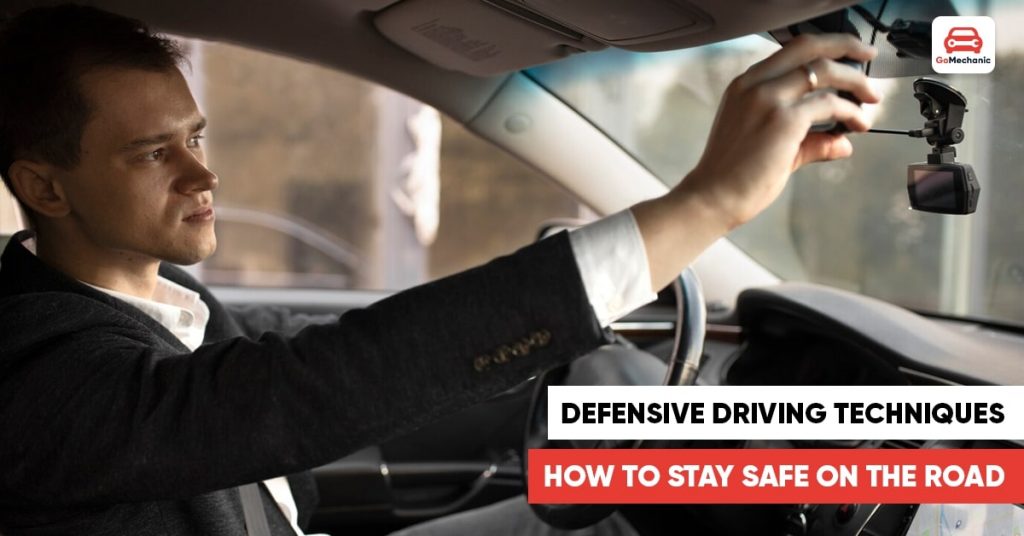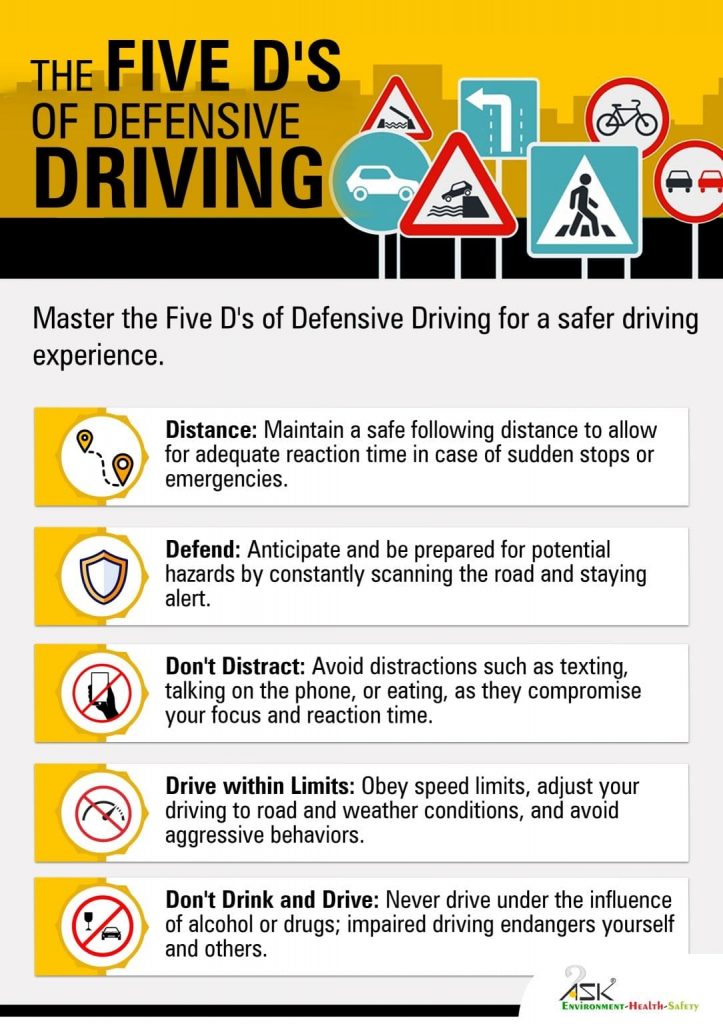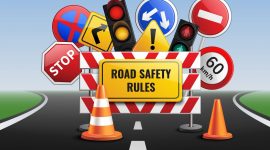Defensive Driving Tips from Experts in Herndon, VA
It starts in the blink of an eye.
A red light.
You’re slowing down, foot hovering over the brake.Then—bam. Rear-ended. You didn’t even see it coming. But maybe… you could’ve.
See, most accidents aren’t caused by wild speedsters or street racers. Nah. It’s the regular folks. The distracted dad texting at the light. The exhausted nurse after a double shift. The overconfident teen who thinks they’ve got it all figured out. That’s where Defensive Driving becomes a game-changer.
In a place like Herndon, VA—where quiet neighborhoods intersect with unpredictable traffic—being a cautious, calculated driver isn’t just smart. It’s survival. Whether you’re merging onto Elden Street or coasting through a school zone in Dranesville, awareness is everything.
Let’s break it all down—starting with the basics, diving into the benefits, and everything in between.
What is Defensive Driving
Let’s not overcomplicate it. Defensive Driving is the art (yes, art) of avoiding accidents before they happen. It’s about anticipating what other drivers might do—especially the dumb stuff. It’s part logic. Part instinct. Part paranoia (the healthy kind).You’re not just reacting. You’re predicting.
The guy who doesn’t signal before merging? You saw it coming.
The car running that yellow light? You slowed down. Just in case.
That slippery patch after a storm? You knew it’d be there. You prepared.
It’s Not magic, it’s just awareness.
The Core Principles of Defensive Driving
Experts who teach Defensive Driving in Herndon often circle back to a few core principles—simple, but deeply effective when practiced consistently. These aren’t just checkboxes. They’re the habits that separate risky drivers from responsible ones.
Let’s take a deeper look at what each principle really means behind the wheel.
1. Stay Alert

It might sound simple but it is so much more than just having your eyes open. It is more about your mental engagement. This involves continuously observing the road for possible dangers, including those on the sidewalk, behind you, and beside you in addition to the car in front of you.
Are kids playing near the street? Is there debris up ahead? One moment of zoning out can change everything. Alert drivers see trouble before it becomes a problem.
2. Keep a Safe Distance

It’s likely that you’ve heard of the three-second rule. This is how it operates: Select a stationary item, such as a sign on the street. Start counting as soon as the vehicle in front of you passes it: one, two, three, one thousand. If you pass that same object before you’re done counting, you’re too close.
Tailgating doesn’t give you extra control—it steals your reaction time. On wet or icy Herndon roads, this rule becomes even more crucial. More distance = more time to react = more chances to avoid a crash.
3. Check Your Mirrors Regularly

Your mirrors aren’t for vanity. They’re a constant feed of what’s happening around you. Every 5 to 8 seconds, glance at your rearview and side mirrors. This habit keeps you situationally aware and reduces blind spots.
Especially in heavy traffic or multi-lane roads like those on Herndon Parkway, knowing what’s coming up behind or beside you gives you more control in emergencies. And yes, always turn your head when changing lanes—mirrors can’t see everything.
4. Avoid Distractions

Phones. Food. GPS adjustments. Even your favorite podcast. All of it can steal your attention. The truth is, most accidents don’t happen because of bad driving. They happen because someone looked away for 2 seconds. That’s all it takes.
Defensive drivers don’t multitask behind the wheel. They understand the stakes. Want directions? Set your route before you start moving. Want a snack? Pull over. Everything else can wait.
5. Yield When in Doubt

Sometimes, being right isn’t worth being injured. That aggressive driver trying to beat you to a merge? Let them. The pedestrian hesitating at the crosswalk? Wait a second longer. Yielding isn’t weakness—it’s wisdom. Defensive Driving means picking your battles.
If a situation feels unclear, unpredictable, or unsafe… give way. That decision might save your car, your health, or someone else’s. Defensive driving is based on these fundamental ideas. When combined, they not only improve your driving skills but also increase everyone’s safety on the highways. You contribute to answer each time you look in the mirror, give someone a little extra room, or allow them to integrate without resistance.
Why Defensive Driving Is Crucial for Commercial and Everyday Drivers Alike
Commercial drivers in Herndon—think delivery vans, rideshare drivers, contractors—they’re on the road all day. And the more you drive, the higher the risk. It adds up.But guess what? The rules of Defensive Driving aren’t just for people clocking 10-hour shifts behind the wheel.
It’s for parents doing school pickups. Teens on learner’s permits. Retirees going to the grocery store.We all share the same roads. Every time someone breaks a traffic rule or gets distracted, it puts you at risk. Defensive Driving turns you into the kind of driver who doesn’t just protect themselves—but everyone around them too.
How to Learn Defensive Driving
Here’s the good news: You can learn it. No, really. It’s teachable. Practice makes you prepared.In Herndon, there are schools like Drive All Round that specialize in this. Not just driving lessons. But full-on situational training. Courses that simulate real-world challenges. Foggy weather. Highway merging. Nighttime driving.
And you don’t need to be a new driver to benefit. Been behind the wheel for 20 years? Great. Still, habits form. Some are not so great. A Defensive Driving course can reset your instincts. Make you sharper. Safer.Classes usually take a few hours. Some are online. Others in-person. Some even qualify for insurance discounts (more on that in a bit).It’s not school. It’s smart.
The Hidden Benefits of Defensive Driving Courses
A solid Defensive Driving course goes beyond road rules and hand signals. It teaches awareness, reaction timing, emotional control—even how to handle other people’s bad decisions without making one yourself.And the benefits? Way more than you’d expect.

1. Lower Insurance Premiums
Let’s talk about money. Insurance companies love low-risk drivers. Many offer discounts of 5% to 20% if you complete a certified Defensive Driving course. That’s not a small change—especially if you’re insuring multiple drivers. One course can pay for itself.
2. Ticket Dismissal or Point Reduction
Got a speeding ticket? Rolling stop?
In many Virginia counties, finishing an approved course can help get your citation dismissed or reduce DMV points. Less stress. Less money spent. Clean record stays cleaner.
3. Boosted Confidence
Here’s something they don’t talk about enough. Confidence.
After taking a course, many drivers report feeling more in control. More aware. Less panicked in high-pressure moments. Whether you’re a new driver or have 20 years under your belt, confidence changes how you handle sudden stops or sketchy situations.
4. Fuel Efficiency
It’s subtle—but real. Defensive Driving emphasizes smooth acceleration, planned braking, and pacing. These habits naturally save fuel. If you’re someone who commutes regularly in Herndon traffic, you’ll feel the difference at the pump.
5. Sets a Better Example
Got kids? Or maybe a teen learning to drive?
They watch how you act behind the wheel. Enrolling in a course—and showing off those smart habits—teaches them early. It creates a ripple effect. One safe driver leads to another.Bottom line: You’ll drive smarter, feel better, possibly pay less, and help those around you. That’s more than a win. That’s a lifestyle upgrade.
Takeaway

Being proactive instead of reacting is the core of defensive driving. It’s the mindset of planning and preparing for unexpected roadside risks rather than simply reacting to them when they occur. Maintaining focus, staying alert, and keeping a safe distance are crucial habits that make all the difference, whether you’re traveling through neighborhoods or busy streets.
By putting these tips into practice, you lower your risk of accidents, save money on insurance, and drive with greater confidence. In the end, defensive driving aims to make better decisions that safeguard not only you but also other people and your finances.
Why Choose Drive All Round
If you’re ready to shift not just your driving skills but your mindset behind the wheel, Drive All Round is the perfect place to start. They don’t just teach the rules—they help train your instincts. With real-world scenarios and judgment-free coaching, Drive All Round ensures Herndon drivers stay sharp and prepared for anything the road throws at them.
They cover all skill levels of drivers by providing flexible class schedules, local instructors, and courses that can even aid with tickets and insurance discounts. Drive All Round helps you level up and meets you where you are, regardless of whether you’re a novice or simply need a refresher. Drive smarter. Drive safer. Drive All Round.
FAQs
1. What age can you take a Defensive Driving course?
Most courses are open to drivers aged 16 and up. Teens, adults, even seniors—everyone’s welcome.
2. Will this course erase a ticket from my record?
It depends on the court and the violation. But many minor infractions can be dismissed or reduced with proof of course completion.
3. Is online Defensive Driving accepted in Virginia?
Yes, as long as it’s from a DMV-approved provider. Always check before enrolling.
4. How long is a typical course?
Usually around 8 hours total. Some offer shorter refresher options or longer in-depth sessions.
5. Is this only for people who’ve had accidents or tickets?
Nope. It’s for anyone who wants to drive better. Proactively. Safer.


